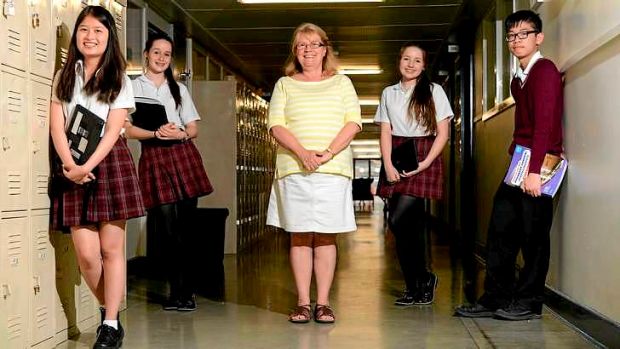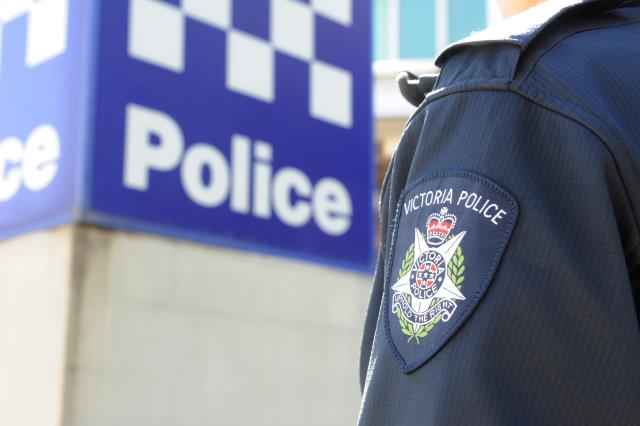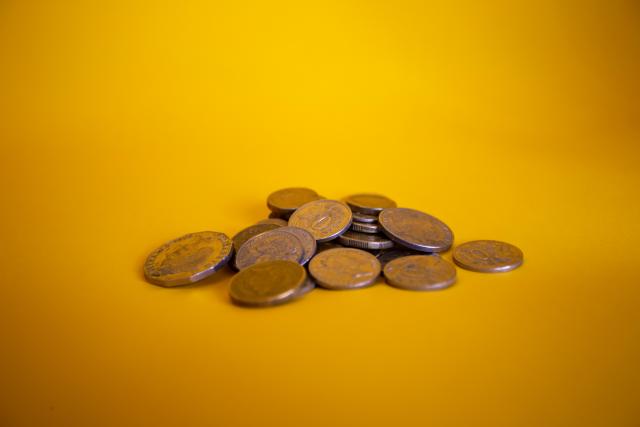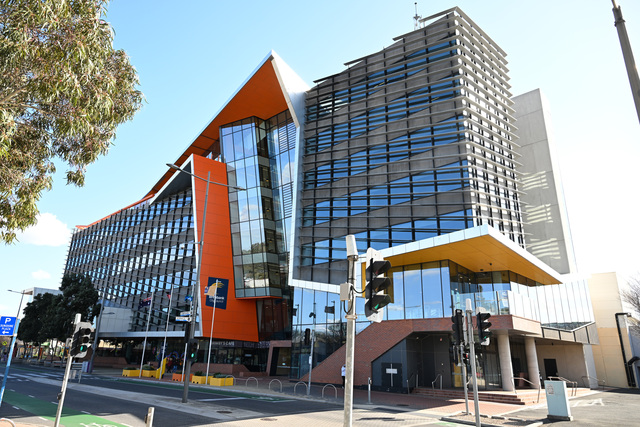Secondary schools in parts of Brimbank are in for a tight squeeze with a shortage of places available to cater for the region’s booming student population.
Researchers from independent school consultants Good Education Group have flagged a critical shortage of secondary schools in parts of Brimbank over the coming decade as thousands of primary school pupils progress into a handful of high schools.
Good Education Group’s head of data and analytics Ross White said about 3200 secondary school students attended six schools in Deer Park, Deer Park North, Ravenhall, Burnside, Burnside Heights, Cairnlea and Caroline Springs, while about 7000 primary school pupils were at 11 schools in the area.
“In the coming years those six [secondary] schools will experience a whopping 120 per cent increase in the number of students they’re serving,” he said. “That’s a bit of an issue.”
Mr White’s research shows secondary schools in St Albans, Kealba, Albanvale and Kings Park are in for a similar ride. There are just two secondary schools in the area, Catholic Regional College and St Albans Secondary College, with about 1850 students between them. Fourteen primary schools cater for about 4400 in the region, representing a 140 per cent jump in student numbers by the time they’re in high school.
St Albans Secondary College assistant principal Craig Jennings said the school’s enrolment had grown about 50 per cent in the past five years, from just under 1000 students to 1500. He said while the school was crowded, it was “coping”. “We now have 14 portable classrooms; three years ago we had two.”
However, one part of the municipality was bucking that trend. Mr White said schools servicing the Taylors Lakes, Keilor Lodge, Watergardens and Keilor Downs area currently had more students in secondary school than primary school.
“If that situation remains, the burden on secondary school resourcing in this postcode area may be reduced as the primary students progress to high school.
“But looking at this postcode in isolation only tells part of the story. The postcodes surrounding 3038 are all skewed toward primary enrolments, suggesting their secondary resources will come under increased pressure in the coming years.”







